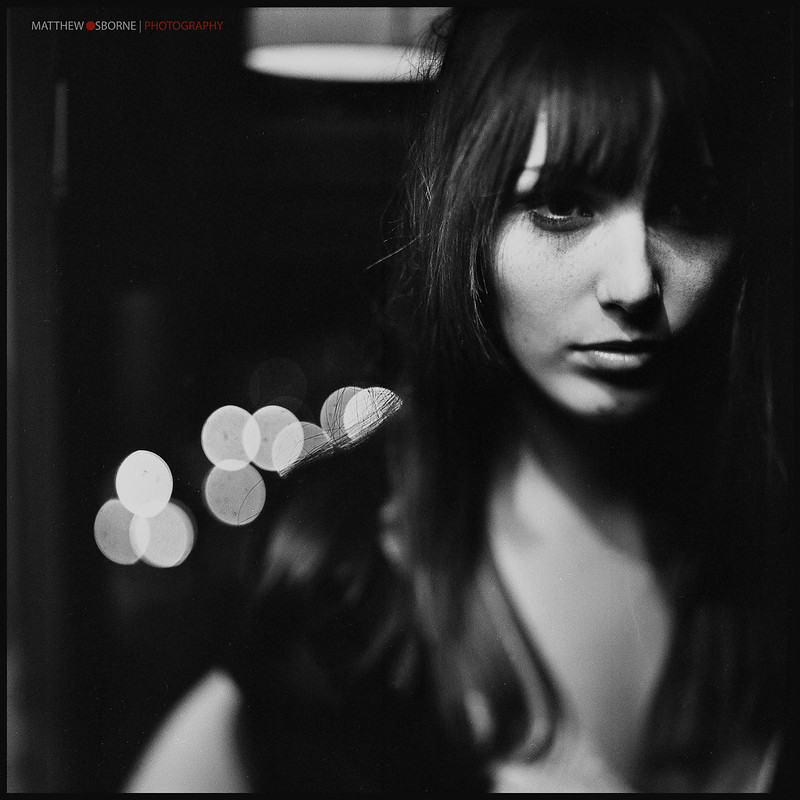Kodak Tri-X 400 Review + Sample Images
Kodak Tri-X 400 review, thoughts and sample photos using Kodak 400TX film including Kodak Tri-X 400@200/400/800/1600..
Kodak Tri-X 400 vs TMax 400
For anyone who has followed my work for a while will know, for black and white film photography I normally use Kodak TMax 100, especially for 35mm film. I have tried various black and white films and will continue to experiment but I am finding I am now completely hooked on Kodak Tri-X 400 film. The modern T grain T-Max films have very little visible grain so can look a little too much like my Leica M9 black and white JPEGs which have a slight filmic look despite being digital. I was an easy convert to medium format 120 Tri-X as grain is less apparent with the larger negative size. For 35mm Tri-X I was a little worried the the classic grain structure might result in too much visible grain for my film wedding photography and portraiture. I shot a roll of 35mm Tri-X when I was out in Florida covering a wedding and was pleasantly surprised. Samples below.
3 Reasons why I shoot with Kodak 400TX film
1. Broad Latitude
I can (and do) shoot Tri-X at anything from ISo 200 (-1 stop) to ISO 1600 (+2 stops). It can do it all and will even go to ISo 3200 and beyond (not yet tried this but others have with success). This means that for available light photography it is perfect for my needs.
2. High Contrast
Other than the grain structure, the biggest difference I notice when comparing Tri-X to T-Max is the beautifully contrasty mid tones. The deep shadows are rich blacks, the highlights retain their detail and the mid tones are what makes it for me.
3. Film Price
I am now starting to use quite a lot of film, both 35mm film in my Leica cameras (M3 and M2) and 120 Tri-X in my medium format Mamiya 645 Super, Rolleiflex SL66E and in my 6×7 Horseman 120 roll film back for my 4×5 large format cameras. I need a film that I enjoy using yet is also affordable. 120 Kodak Tri-X 400 5 packs can be bought in the UK for £20 a box if you shop around. £4 a roll is competitive at today’s film prices. Calumet are currently offering 120 Tri-X 400 for £20 a box and free postage so I stocked up!
Update – Amazon current prices
I noticed from reading this older post that film prices have now gone up since I wrote this article. See here for the latest offers:
Kodak Tri-X 400 Developing
I develop my own black and white film at home and favour the R09 Rodinal stand developing / semi-stand developing method. I am still fine tuning my times and temperatures to develop Tri-X 400 at box speed but also pulled 1 stop to ISO 200 and pushed 1 stop or 2 stops to ISO 800 and ISO 1600. Depending on the lighting conditions I shot in I can then adjust my times accordingly.
Kodak Tri-X 400 Flickr Images
120 & 35mm Kodak Tri-X 400@200
Kodak Tri-X 400 Portraits / Pushed
Kodak Tri-X 400@400
Kodak Tri-X 400@800
Kodak Tri-X 400@1600
More Film Photography Reviews
- How to Process Film through to Digital (Develop, Scan, Edit)
- How to Develop Film at Home (Step by Step Guide)
- Rodinal Stand Development / Semi-Stand Development (Guide)





























Really great photos – you are a true master of the art.
Thanks Iamamro, very kind. Still plenty of scope for improvement 🙂 Never stop learning! 🙂
Tri-X is a true classic…graet shots as ever Matt.
Thanks Dave, getting there! Happy New Year (in advance!)
Thanks Matt. My NY resolution is to be more focused and make more pictures, especially portraits. Happy new year to you too 🙂
When you do a shoot on Film why do you worry that the clients might think there is ‘too much grain’ or some-thing ? When I DID get any work for Weddings years ago – never get any NOW ! — they didn’t ever question whether I used Kodacolor X or the Ektacolor Professional or Agfa XXRS 200 and never knew the difference between a Rollei 2.8F and a Hasselblad !
Hi Peter, why do give them a choice? I have many different example wedding photos using different equipment and I want to ensure what I capture is as they expect. Nobody likes unwelcome surprises. I tend to shoot as I know ‘best’ and to my own taste but it is good to get the ‘OK’ from clients first so everyone is happy. I agree 99.99% of customers don’t know or care about what cameras/lenses/film I use they only care about the results. I am getting a go ahead on the resulting images not the name of the camera I will use. 😉 Cheers
Pingback: Ilford Pan F 50 Film | MrLeica.com – Matthew Osborne Photography
Pingback: MrLeica.com – BLOG | MrLeica.com – Matthew Osborne Photography
“The modern T grain T-Max films have very little visible grain so can look a little too much like my Leica M9 black and white JPEGs which have a slight filmic look despite being digital.”
Man, what a nonsense! It has a huge grain compared to digital! Ofcause you don’t see any difference because your images on flickr are 800×600. Everything will look the same in case of a postage stamp! The Internet is full of such kind of crappy reviews. Why speak about leica for $8000, medium format or anything else if all you get is a post card?!
p.s.
I pitty your models. Got big noses because of your lens choice.
Hi Konstantin, thanks for your thoughts. I scan the film at home so can zoom in to grain level on my wide screen monitor. As such I can see as much detail as I need to and it is only when images are shared they get the size reduced for the likes of Flickr. I only document what I see and from personal experience. Your own experience may differ. A Leica M8 and Leica M9 are not CMOS sensors (they are Kodak CCD) and as such don’t have the smooth often lifeless look of a modern CMOS sensor. As such at higher ISO the photos are grainy (to the point I tried to keep below ISO 800 on the M9 and at ISO 160 ideally on the M8). If you then compare that to perhaps Ilford Pan F 50 @ ISO 50 the film can give ‘better’ results that digital shot at higher ISO. Just my observations.
With regards to most portrait photographers using long lenses to flatten faces, I’m not a big fan of the flat face look. I have a lovely Nikkor 200mm f2 less but I don’t use it as it flattens the face too much. Maybe I just like big noses! 🙂
Hola! Tri-X 400 lo usaste en 200? es decir a la camara le decis que tiene un 200.. y cuando revelas en laboratorio lo haces tambien en ISO 200?
Hi, no when people say @200 it means exposure/ meter @200 and develop normally (@400). 😉
Ah, Tri-X. Staple camera food of Photojournalists of the past – McCullin, Jones-Griffiths, Page and HC-B as well as Jane Bown to name but a few.
I’ve used it off and on for a harder, grittier look than my all-time favourite film the Chromogenic Ilford XP2. XP2 has a much tighter grain structure that sometimes gives a look that one might mistake for a digital print. Grain on XP2 can be produced or eliminated by manipulating the exposure and it has a very wide latitude as well as being C41 process. However, avoid taking a roll into a small town developers as you will get “we don’t do black and white” Stick to a professional lab as you will not encounter problems from ‘Vicky Pollard chav types’
Thanks David, yes agreed XP2 gives crazy sharp / high latitude images. I used it in the past years ago but tend to favour true B&W film just for the ease of home developing (I develop C41 stuff less often). I would use XP2 for client B&W work if getting lab developed. Cheers Matt